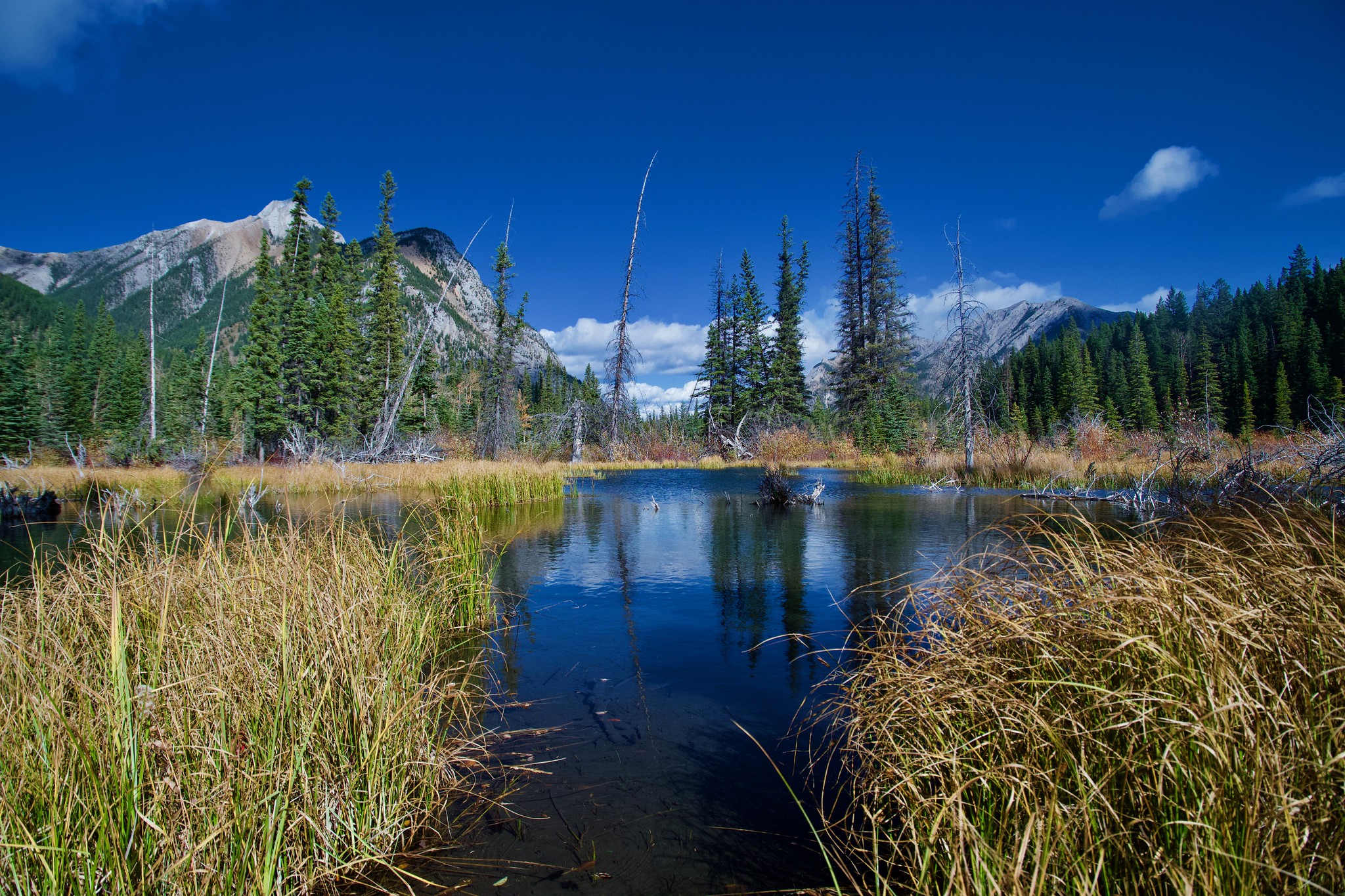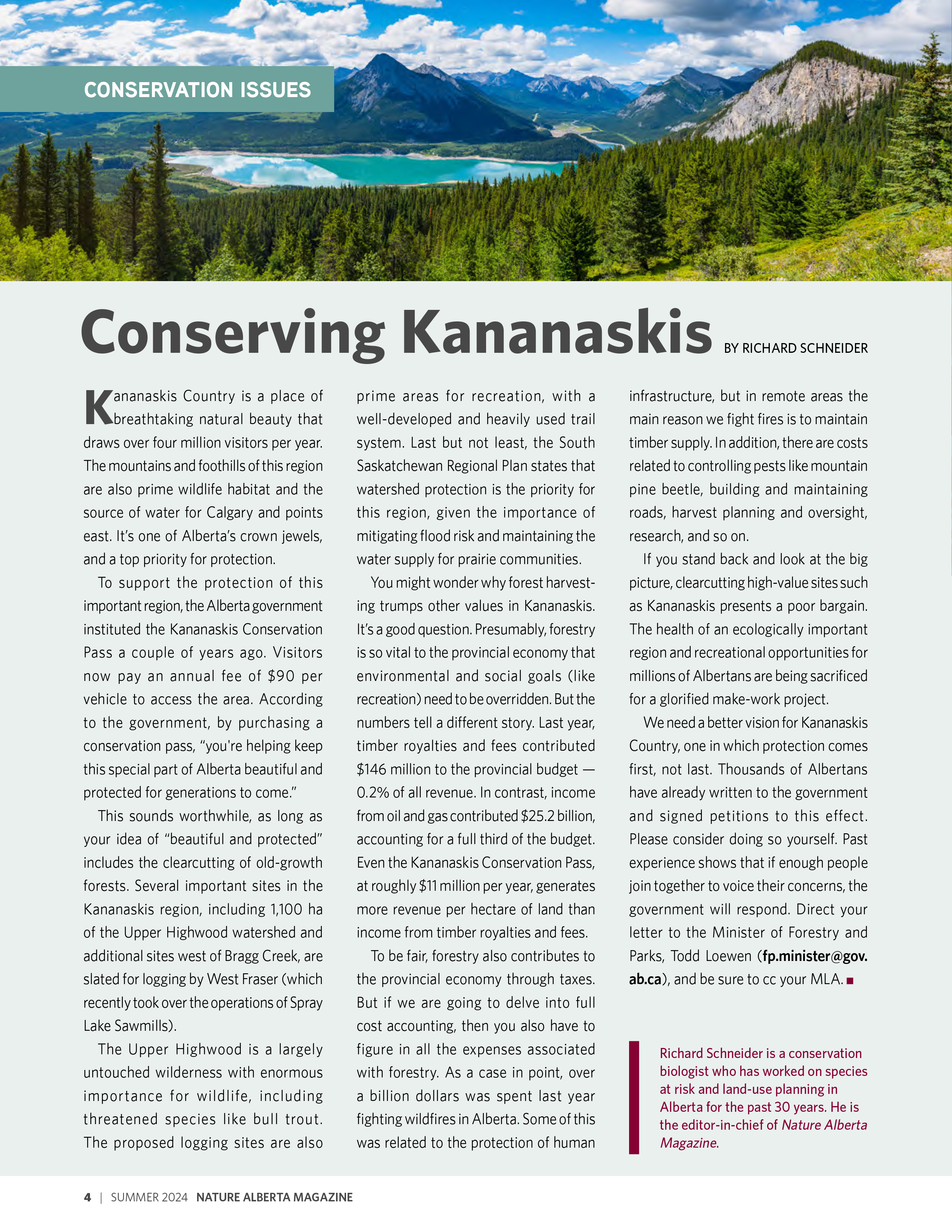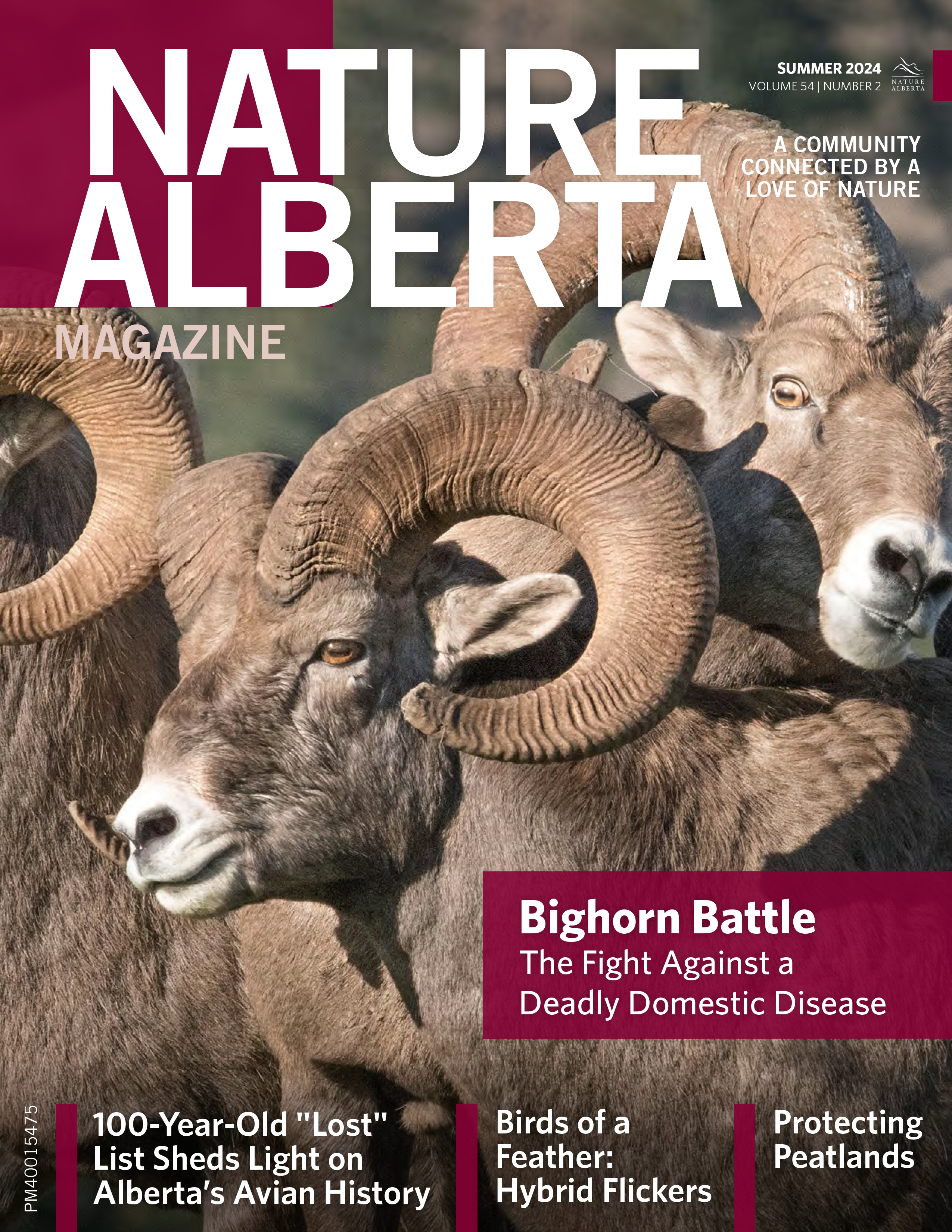Conserving Kananaskis
6 July 2024

BY RICHARD SCHNEIDER
Kananaskis Country is a place of breathtaking natural beauty that draws over four million visitors per year. The mountains and foothills of this region are also prime wildlife habitat and the source of water for Calgary and points east. It’s one of Alberta’s crown jewels, and a top priority for protection.
To support the protection of this important region, the Alberta government instituted the Kananaskis Conservation Pass a couple of years ago. Visitors now pay an annual fee of $90 per vehicle to access the area. According to the government, by purchasing a conservation pass “you're helping keep this special part of Alberta beautiful and protected for generations to come.”
This sounds worthwhile, as long as your idea of “beautiful and protected” includes the clearcutting of old-growth forests. Several important sites in the Kananaskis region, including 1,100 ha of the Upper Highwood watershed and additional sites west of Bragg Creek, are slated for logging by West Fraser (which recently took over the operations of Spray Lake Sawmills).
The Upper Highwood is a largely untouched wilderness with enormous importance for wildlife, including threatened species like bull trout. The proposed logging sites are also prime areas for recreation, with a well-developed and heavily used trail system. Last but not least, the South Saskatchewan Regional Plan states that watershed protection is the priority for this region, given the importance of mitigating flood risk and maintaining the water supply for prairie communities.
You might wonder why forest harvesting trumps other values in Kananaskis. It’s a good question. Presumably, forestry is so vital to the provincial economy that environmental and social goals (like recreation) need to be overridden. But the numbers tell a different story. Last year, timber royalties and fees contributed $146 million to the provincial budget — 0.2% of all revenue. In contrast, income from oil and gas contributed $25.2 billion, accounting for a full third of the budget. Even the Kananaskis Conservation Pass, at roughly $11 million per year, generates more revenue per hectare of land than income from timber royalties and fees.
To be fair, forestry also contributes to the provincial economy through taxes. But if we are going to delve into full cost accounting, then you also have to figure in all the expenses associated with forestry. As a case in point, over a billion dollars was spent last year fighting wildfires in Alberta. Some of this was related to the protection of human infrastructure, but in remote areas the main reason we fight fires is to maintain timber supply. In addition, there are costs related to controlling pests like mountain pine beetle, building and maintaining roads, harvest planning and oversight, research, and so on.
If you stand back and look at the big picture, clearcutting high-value sites such as Kananaskis presents a poor bargain. The health of an ecologically important region and recreational opportunities for millions of Albertans are being sacrificed for a glorified make-work project.
We need a better vision for Kananaskis Country, one in which protection comes first, not last. Thousands of Albertans have already written to the government and signed petitions to this effect. Please consider doing so yourself. Past experience shows that if enough people join together to voice their concerns, the government will respond. Direct your letter to the Minister of Forestry and Parks, Todd Loewen (fp.minister@gov.ab.ca), and be sure to cc your MLA.
Richard Schneider is a conservation biologist who has worked on species at risk and land-use planning in Alberta for the past 30 years. He is the editor-in-chief of Nature Alberta Magazine.
Read the Original Article for this Post
For a richer reading experience, view this article in the professionally designed online magazine with all images and graphs in place.
This article originally ran in the Summer 2024 issue of Nature Alberta Magazine (Vol. 54 | No. 2).


